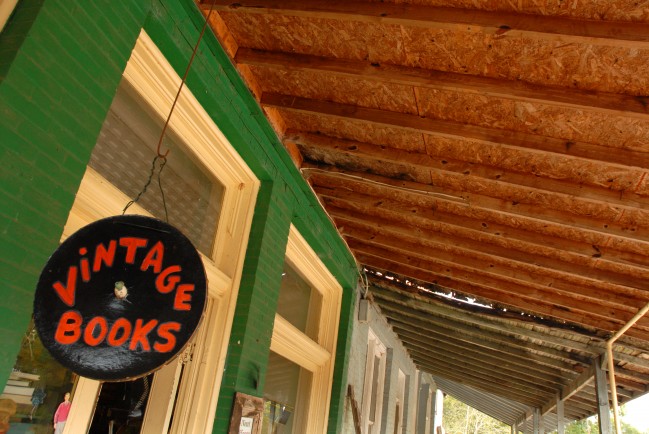
One of the perplexing questions a photographer must ask himself is “What mode do I use for certain situations”, especially a novice photographer. In actuality, different modes can and should be used at different times, depending on the situation. It helps to understand what the modes “do” and how they work. Understanding the basic “physics” behind all of the camera controls is imperative. Specifically, aperture and shutter speed.
Shutter speed, can be likened to blinking. Have you ever looked at a spinning ceiling fan and blinked your eyes? You notice that the fan takes on a “strobe” type effect. It appears as though it is frozen in time. As you leave your eyes open longer, the “strobe” effect or freezing of the blades tend to lessen and the blades begin to travel more distance until the strobe effect disappears all together.
It works the same way with your camera. The faster your camera “blinks” (faster shutter speeds) the more it will stop any motion. The slower it blinks (slower shutter speed) the more blur it will create.
Aperture is related to the metal leafs in the lens that close and open, These regulate the amount of light that the lens allows to pass through the lens and onto the film plane (sensor). A test to help you understand this issue physically, is to stick out your finger at arm’s length (pointing up). As you look at your finger tip, you will notice that the background is out of focus, or doubled. If you focus on the background, your finger will be out of focus or doubled. If you take the other hand and with your index finger make a very small hole, and I mean teeny…you can look through that hole at your pointing finger and both it AND the background will be in focus. This is the laws of nature at work. Just like the blinking of the eyes.
*NOTE- These two controls, aperture and shutter speed work together to create correct exposures. They change incrementally. One goes up as the other goes down. They balance each other. Also, all shutter speed scales and aperture scales are either twice as much (doubled) or half as much (50%). Do yourself a favor and try not to get caught up in all of the numbers, it’s really a matter of understanding the physics behind them. If you’re not used to them, they can get confusing.
OK, so, now that you know about those two issues, shutter speed and aperture, we can talk about modes.
Aperture Priority Mode is when you have determined that you want to set an aperture for a photograph, because of it’s unique properties. You would select the Aperture Priority Mode and dial in the aperture setting that you want. The shutter will adjust itself to make the correct exposure.
Shutter Priority Mode is when you want to set a particular shutter speed for a particular effect. The aperture will adjust itself to make the correct exposure.
This mode is basically up to chance. Here, the camera makes all of the decisions for you. If you are an amateur and just want the shot, this works fine but if you fancy yourself as a budding photographer, it can render a photograph differently than what you “initially” saw (in you mind’s eye).
In this mode, you, the photographer make all of the dicisions. You set the aperture and the shutter speed. You have to be careful in using this mode because, since the camera is not thinking in this mode and figures that you are, you can over or under expose your photos. You are free to totally ruin the shot. You really have to keep an eye on the light meter so you expose the frame how you intend to expose it.
In my following blogs, I will be explaining ways of using shutter speed and aperture to enhance your photographs. By applying some basic, simple applications, your photos can look like “professional” shots.